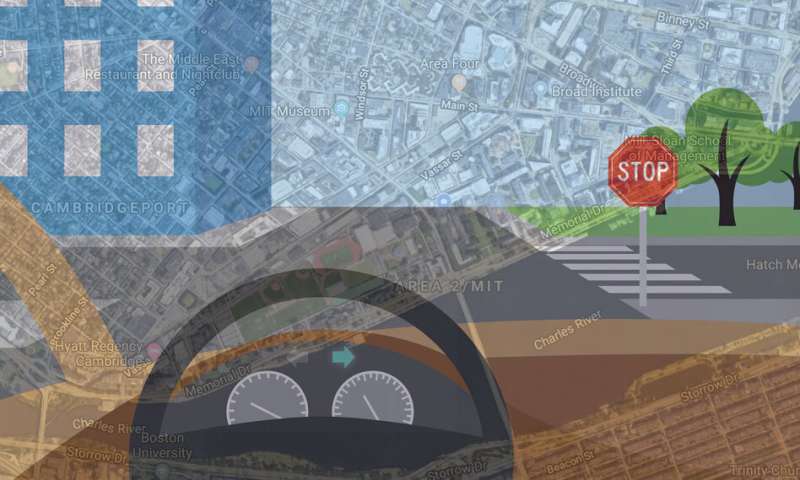“With aims of bringing more human-like reasoning to autonomous vehicles, MIT researchers have created a system that uses only simple maps and visual data to enable driverless cars to navigate routes in new, complex environments.
Human drivers are exceptionally good at navigating roads they haven’t driven on before, using observation and simple tools. We simply match what we see around us to what we see on our GPS devices to determine where we are and where we need to go. Driverless cars, however, struggle with this basic reasoning. In every new area, the cars must first map and analyze all the new roads, which is very time consuming. The systems also rely on complex maps—usually generated by 3-D scans—which are computationally intensive to generate and process on the fly.
In a paper being presented at this week’s International Conference on Robotics and Automation, MIT researchers…”
For more: https://techxplore.com/news/2019-05-human-like-driverless-car.html

A flaw in conventional neural networks:
https://discourse.processing.org/t/flaw-in-current-neural-networks/11512